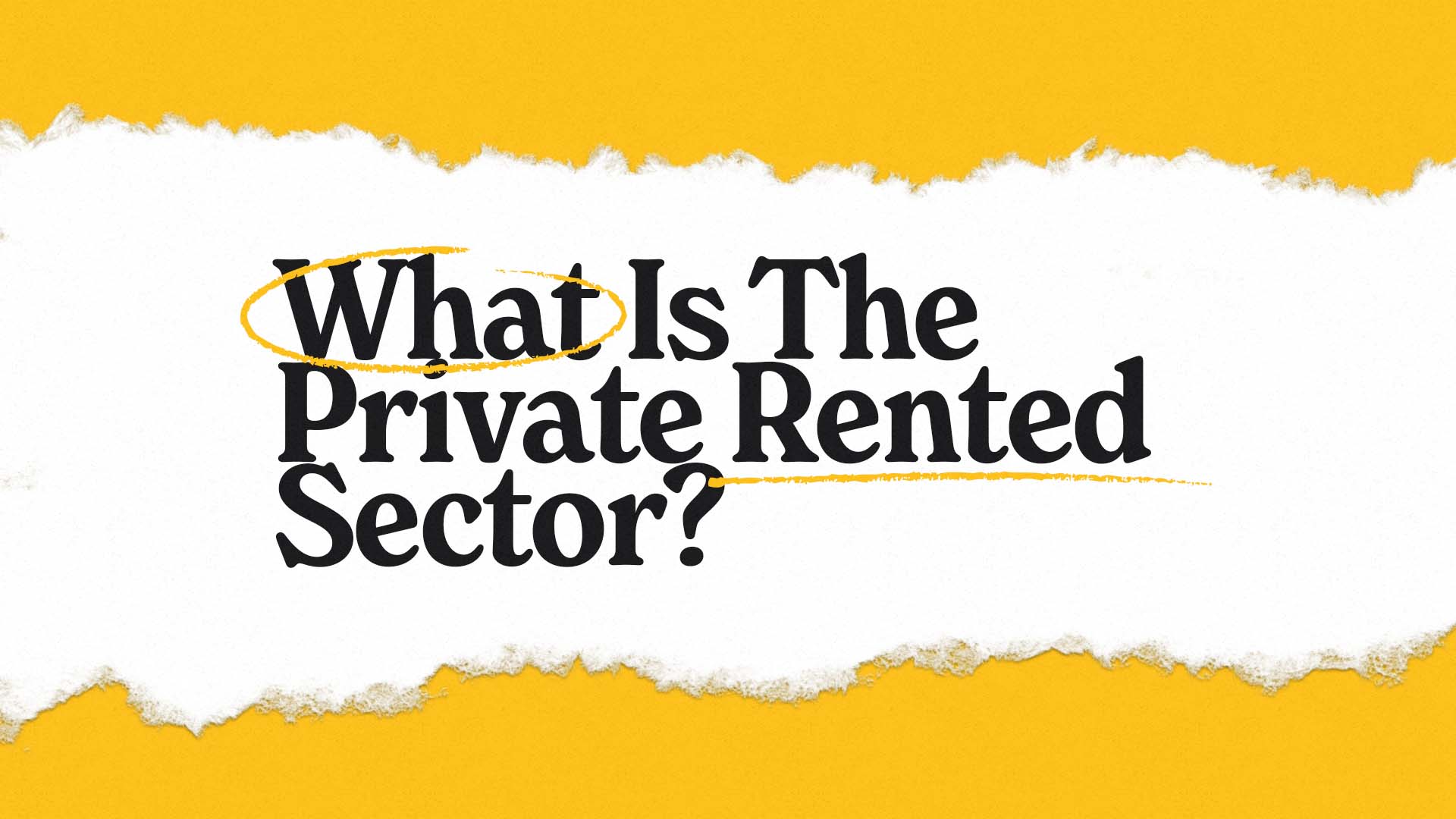What is the Private Rented Sector?

Across the UK, renting is becoming more common than ever before. With prospective buyers being priced out of an increasingly expensive market, we’re seeing the private rented sector expanding. This has also coincided with an increase of people choosing to rent indefinitely, preferring the flexibility it can provide.
In this article we examine the private rented sector, from the trends that have shaped the market to the continuing popularity of buy-to-let property.
What is the private rented sector?
Fundamentally, the private rented sector (PRS) is an umbrella term used to describe any properties that are privately owned and rented out. The market is made up of renters – people who occupy properties in line with a tenancy agreement – and landlords, the owners of those properties.
Since 2000, the UK rental sector has grown by around 2.5 million rental homes, making it the second biggest tenure in the UK housing market with 20% of all UK households renting.
In the coming years, it’s estimated that the number of properties in the sector will increase by 25%, as investors look to benefit from increasing property prices and rising rental yields. At the same time, one in four households are now searching for rental property as opposed to buying, highlighting a significant shift towards rented accommodation.
What trends are impacting the private rented sector?
Since the beginning of the 20th century, the PRS has been an integral part of the UK rental market. While homeownership peaked in 2003, renting has since become more widespread amongst younger households; around 41% of households between the ages of 25 and 34 own their homes, with the remaining 59% anchored in the rental market.
The sector’s expansion could be further bolstered by a new demographic rising within the market. There are 1.3 million over-50’s now renting from private landlords, a significant increase on the 651,000 recorded 10 years ago. A major driver of this is more older people choosing to downsize, opting for smaller apartments or houses around city centres.
With access to exceptional transport links, an abundance of employment opportunities and a bustling nightlife, there is considerably more demand for rental properties in these areas.
Why is PRS investment growing in popularity?
The consistent rental demand across the UK has long made the PRS an attractive investment, especially for those looking for a tangible, low-risk asset. For large pension funds, bigger businesses and property companies, property is a reliable investment that consistently delivers competitive returns.
Investment in the PRS continues to thrive on the back of rising property prices and increasing rents across the UK, reinforcing this asset as an integral part of long-term investment portfolios.
The private rented sector offers property investors many opportunities that other assets can’t, including the opportunity for capital growth and a consistent monthly income, in addition to the asset’s diversification value.
In recent years, short-term renting has also become increasingly more popular than long-term alternatives. The rise of platforms such as Airbnb are giving investors even more variety when entering the Private Rented Sector.
While the increasing demand for rental property – both those with Assured Shorthold Tenancies and short-term contracts – is putting more pressure on the UK property market as a whole, the rise of landlords in the PRS is continuing to close the gap between supply and demand, especially in city centre locations.
Additionally, the PRS has become an integral part of the wider property market. As the living costs increase and the property ladder becomes less accessible for younger generations, the rental market is crucial.
